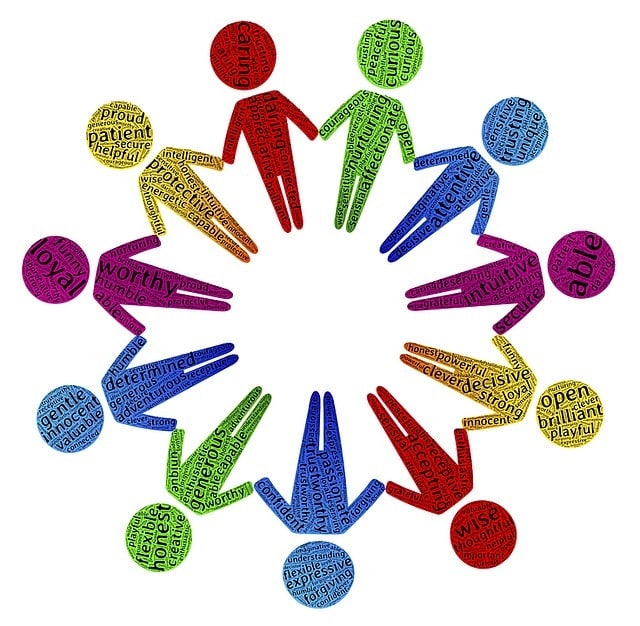
It’s nearly impossible to find any organization of repute now that doesn’t have some type of diversity initiative already in place. Particularly, the tech sector has faced a lot of criticism for its disproportionately and predominantly male, white and also Asian workforce.
This controversy has really sparked a very strong corporate response with most top organisations announcing their engagement to hiring more minorities, veterans, older employees and women.
A fundamental and overlooked problem may however lie within the process of recruitment as well as hiring, less stemming from overt bigotry and even more from unconscious biases which shape our view of the earth.Listed here are five actions you can take to make your recruitment efforts a lot more neutral by getting rid of both hidden and unconscious biases:
1. Make use of inclusive language, gender-neutral in job questionnaires and/or descriptions
This will involve you removing the option to include salutations like “Mr.,” “Mrs,” or “Miss.” from a written materials you must submit for you to be considered for a position. Luckily, technology is really making it easier right now to correct any unconscious biases and enhance diversity levels.
2. Introduction of structured interviews
The flexible framework at a glance, and the unstructured interviews conversational flow might appear attractive to many employers. But, this kind of interview is often highly subjective, that reduces accuracy as well as invites legal challenges.
As unstructured interviews appear to flow just like a conversation, structured interviews make sure that a list of certain questions are normally asked in the same way to every candidate. A structured interview includes a list of previously agreed upon questions which guarantees you the candidate interviewing for the exact position will be presented with similar questions in the exact order as the previous candidates.
3. Always make a regular interview scorecard for yourself
Structured interviews assist, however objectivity in the process of the interview is not achieved by just ensuring that every candidate is asked the same questions. An interviewer’s evaluation and perception of every candidate’s answers could be really clouded by unconscious hostility. Before you carry out structured interviews, employers have to identify responses which are acceptable to their set list of questions to ensure that responses of candidates are comparable.
4. Have your candidates take a skill test or submit work samples
Asking you to complete an assignment which is similar to those you”ll be responsible for in the future is important to the process of the interview. You can make use of skill tests or online assessments that initially test you for the required competencies. Researchers have discovered that tests for realistic work sample are the appropriate predictor of how you can perform on the task – predicting 29% of an employee’s performance.
5. You need to set diversity goals
It’s really important for firms and organizations to set certain diversity goals. After every quarter, you then have to track how well you have performed against those goals. This will then encourage your employees keep equality and diversity top of mind. Companies including Twitter and Pinterest have shared measurable hiring goals publicly for 2017 to stay accountable.
Now given the tech industry’s record for capability to transform quickly and disruption, it provides a glimmer of hope which more industries and companies at large will also follow suit in producing effective tactics to help counteract unconscious biases.
